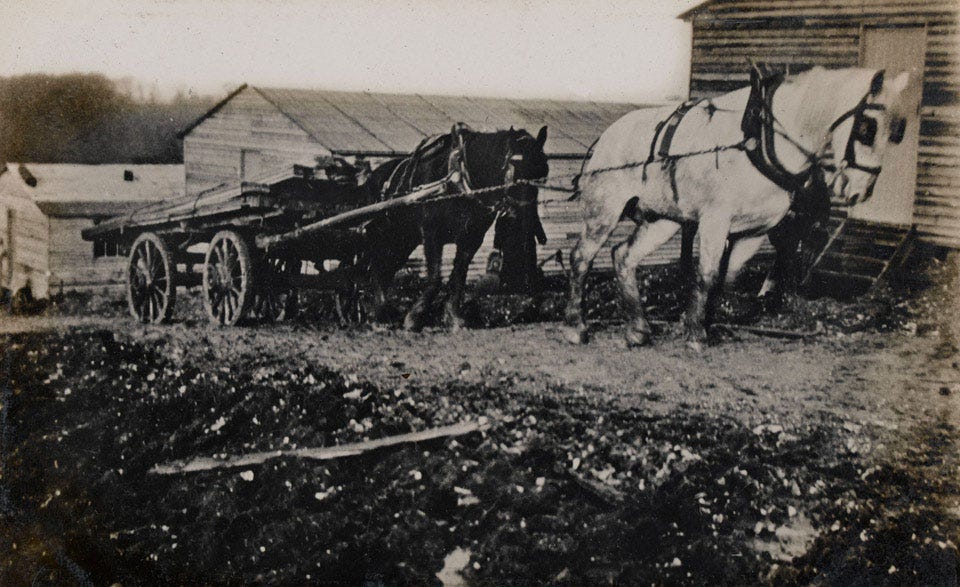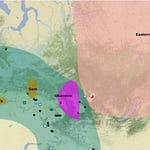From ancient times to the present day, horses have played an important role in human labor, contributing to the development of agriculture, transportation, and industry, and even powering machines and devices. While their use as a source of power has declined in the modern era, horses have played an important part in labor in human societies, valued for their strength, speed and versatility. Their power and trainability made them invaluable work animals, complementing and eventually replacing human labor in many ancient societies. Horses were used for their power to pull plows for tilling fields and planting crops. They were also used to pull harvesting equipment to reap grain crops. This made agricultural labor much more efficient, and horse mills and horse-powered machinery were used in ancient times to provide power for a variety of tasks. This included powering flour mills, sawmills, pumps and cranes.
Ever since the domestication of horses in the Eurasian steppes around 6000 years ago, horses were used for transportation and labor in many parts of the world. In ancient China, the Qin dynasty used extensive horse-drawn plowing, transportation and machinery in farming and industry. In India and the Levant, horses became essential for farming practices. The ancient Greeks and Romans used horses for plowing fields and pulling carts, and they were also used for transportation and in warfare and conquest. In the middle east, ancient civilizations like the Assyrians, Babylonians and Persians relied heavily on horses for transportation, warfare and agriculture.
In medieval Europe, horses continued to be used for transportation and agricultural labor. They were commonly used to plow fields, haul wagons, and transport goods and people. Horses were also used in mining, powering hoists and pumps to extract minerals from deep underground. In the 18th century, horses began to be used to power machinery in factories, particularly in the textile industry.
Horses were used to turn large wheels that powered looms and other machinery, helping to increase production and efficiency.
The 19th century saw the rise of the steam engine and the decline of the use of horses for power. Steam engines could do the work of many horses, and they did not tire or require food and rest like horses did. However, horses continued to be used for transportation and agricultural labor in areas where steam engines were not practical.
In the 20th century, horses became less important in industrialized countries as machines and technology continued to replace manual labor. However, horses remained an important part of agricultural life in developing countries where mechanized agriculture was not widespread.
Today, horses are still used for agricultural labor in some parts of the world, particularly in areas where mechanization is not feasible. The use of horses for labor has left a lasting impact on human society, shaping the development of agriculture and industry and playing a role in the evolution of technology.
Some forms of labour were horses were used:
- Milling, where horses were used to power devices such as mills, threshing machines, and pumps. Horses could grind grains, separate seeds, and pump water for irrigation and other purposes .
- Spinning, where horses were used to power machines that spun fibers into yarns and fabrics. Horses could produce large quantities of textiles for clothing and other uses.
- Plowing, where horses were used to pull plows and till the soil for agriculture. Horses were faster and more efficient than oxen, and could plow larger areas of land.
- Logging, where horses were used to haul logs and timber from forests. Horses could navigate rough terrains and carry heavy loads with minimal damage to the environment.
- Mining, where horses were used to transport ore and coal from mines. Horses could work underground in narrow tunnels and shafts, as well as on the surface.
- Construction, where horses were used to carry materials and equipment for building projects. Horses could help with tasks such as digging, lifting, and moving.
A line of horses pulling heavy transport across the desert in Palestine, October 1917














Share this post